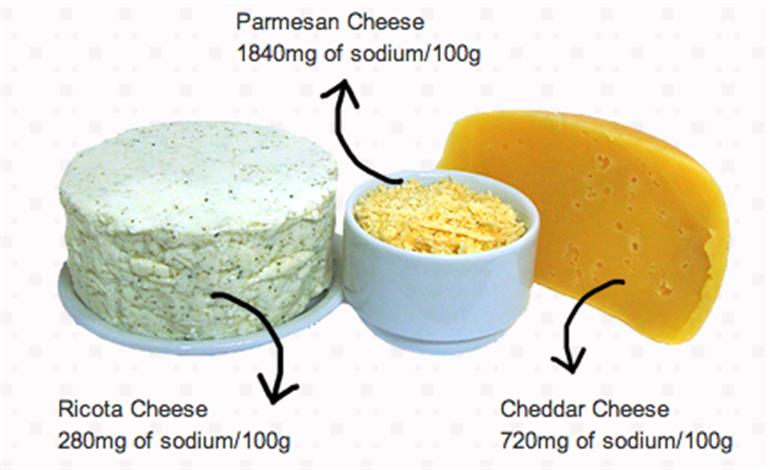Standard cooking salt contains approximately 40% sodium and 60% chloride. Sodium is not only inside salt, foods that don’t even taste salty may have added or natural occurring sodium. Actually, most of the extra salt we consume is hiding in industrialised & processed foods. That's why cooking your own food is safer (and usually tastier!). But, if cooking is not possible, here are 3 important tips to lower your sodium intake:
1. Read the labels on foods to check the amount of sodium
As a general rule go for foods with less than 140mg of sodium per serving. And remember that foods that are high in sodium don't necessarily taste salty.
2. When eating out, ask the waiter how food is prepared
It might be possible to order with less added salt. This is specially important if you need to drastically diminish your sodium consumption (renal patients!). If that is your case, I strongly recommend the tips from "The Sodium Girl" on how to dine out: sodiumgirl.com/low-sodium-d...
3. Avoid 'super' salty ingredients.
Some foods traditionally contain large amounts of salt in their preparation, so you don't even need a label to know they have more then 140mg per portion: dried beef, ham, sausage, crackers, ketchup, mustard, soy sauce and most cheeses.
